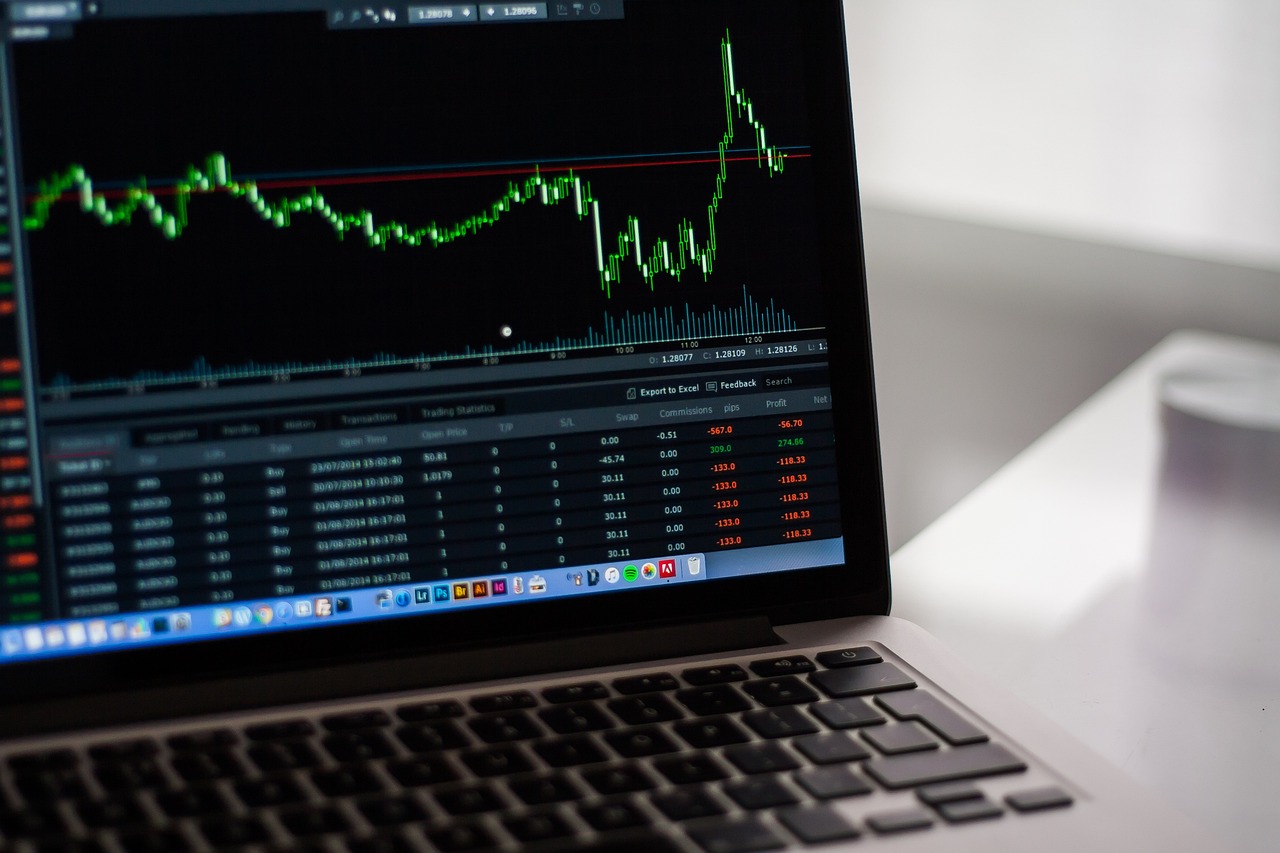Federal Reserve Chair Jerome Powell told a Senate panel that while the Trump administration’s tariff plan may trigger a one-time price jump, the risk of more sustained inflation is significant enough to warrant caution. He emphasized that tariffs are not guaranteed to be a transient shock, and the Fed must gather more data on their ultimate impact before cutting interest rates further.
Powell noted that economic theory treats tariffs as a single episode, but historical context offers no modern precedent for levies of this scale. With inflation already running above target, the Fed is holding rates steady to manage the risk of tariffs embedding higher prices into public expectations.
Market Overview:
- Fed maintains 4.25%–4.50% policy rate amid tariff uncertainty;
- Tariffs could deliver either a one-off or persistent inflation shock;
- July trade deadlines loom large for rate-cut deliberations.
- Powell sees inflation risk outweighing theory of one-time pass-through;
- Fed still forecasts cuts this year but timing remains unclear;
- Political pressure from the White House and Congress underscores independence debate.
- Investors will watch June/July CPI for tariff-driven price moves;
- Fed’s next steps hinge on whether pass-through proves transitory;
- Succession for Powell’s seat adds further uncertainty to policy path.
- Federal Reserve Chair Jerome Powell’s cautious approach provides clarity and stability, reassuring markets that the central bank will not rush into rate cuts without sufficient data, reducing the risk of policy mistakes.
- By holding rates steady, the Fed signals its commitment to price stability and long-term economic health, anchoring inflation expectations and supporting confidence among businesses and consumers.
- If tariffs prove to be a one-time shock and do not embed higher prices into public expectations, the Fed will have the flexibility to cut rates later in the year, potentially boosting risk assets and economic activity.
- Despite political pressure, Powell’s defense of Fed independence reinforces the credibility of U.S. monetary policy, which is positive for investor sentiment and global market stability.
- Investors will closely monitor June and July CPI data for signs of tariff-driven inflation, but any evidence of a transitory impact could open the door for rate cuts and market rallies.
- The Fed’s current policy stance allows for a measured response to evolving conditions, positioning the economy for a soft landing if inflation risks subside.
- Powell’s warning that tariffs could lead to more persistent inflation—not just a one-time price jump—raises the risk that the Fed will be forced to keep rates higher for longer, weighing on growth and market returns.
- With inflation already running above target and uncertainty about the ultimate impact of tariffs, the Fed’s reluctance to cut rates could prolong tight financial conditions and dampen economic activity.
- Political pressure from the White House and Congress adds to uncertainty about the Fed’s independence and policy trajectory, potentially undermining investor confidence and market stability.
- Investors face the risk that tariff-driven price increases will prove more enduring, forcing the Fed to delay rate cuts and increasing the likelihood of a policy mistake that could impose long-lasting costs on the economy.
- The timing and magnitude of future rate cuts remain unclear, with Fed officials split on the outlook and the possibility of no cuts at all this year, creating volatility and uncertainty for markets.
- The looming succession for Powell’s seat as Fed Chair adds another layer of uncertainty, with potential changes in leadership threatening continuity and clarity in monetary policy.
This article contains syndicated content. We have not reviewed, approved, or endorsed the content, and may receive compensation for placement of the content on this site. For more information please view the Barchart Disclosure Policy here.




/Unitedhealth%20Group%20Inc%20HQ%20photo-by%20jetcityimage%20via%20iStock.jpg)



